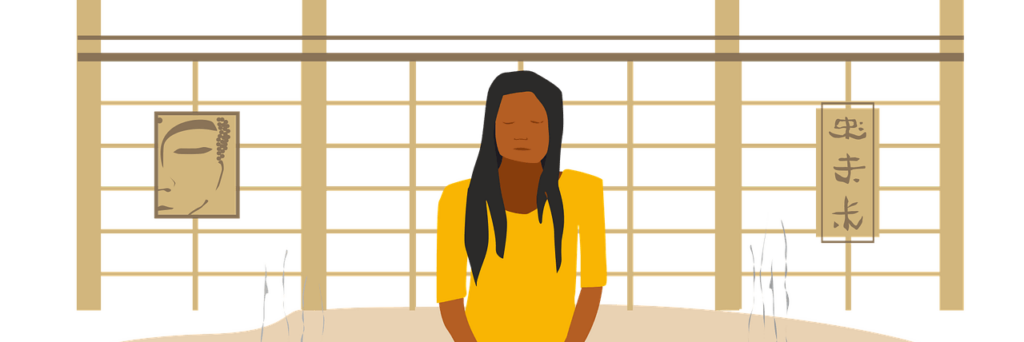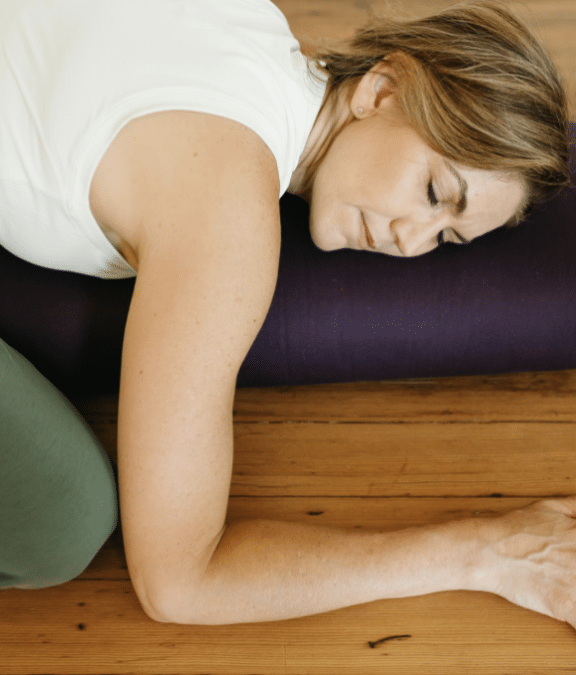Osteoarthritis (OA), also known as degenerative joint disease or arthritis, is a common condition characterized by the breakdown of cartilage and underlying bone in joints, leading to pain, stiffness, and reduced mobility.
Chronic joint injuries or illnesses limit physical activity, leading to increased symptoms (like pain), compensatory movement patterns, muscle weakening or hypertension, and reduced mental well-being.
Joint health conditions include labral tears, impingement, bursitis, fractures, tendonitis, and arthritis. Osteoarthritis (OA) is among the most common of these joint disorders. It involves cartilage thinning and damage, causing bony spurs and cysts.
Articular cartilage of joints enables smooth joint movement and absorbs force, but degeneration results in bone-on-bone contact, which can sometimes lead to:
- Joint pain, tenderness, swelling, stiffness
- Reduced mobility and stability
- Muscle weakening or atrophy
- Altered movement patterns and referred pain
OA frequently affects weight-bearing joints like the hip, impacting daily tasks such as walking, stairs, driving, and sitting. Hip OA symptoms include groin and buttock pain, often radiating to the thigh and knee, along with sensations of catching, locking, and night pain.
Articular cartilage does not regenerate, so medical treatment depends on condition severity.
Many people benefit from non-surgical interventions like stretching (yoga), strengthening (strength training and exercise), and releasing exercises like self-myofascial release (MFR).
Research supports patient education, manual therapy (physical therapy, massage), and exercise in managing pain, delaying surgery, and aiding recovery.
Doctor clearance is essential for treatment planning.
Self-myofascial release (MFR) improves mobility, range of motion, pain levels, and compensatory movement patterns. Fascia, the second-largest sensory organ, connects muscles, organs, and the nervous system. MFR enhances body awareness, reducing pain perception and physical tension. Techniques manipulate muscles and fascia to release tension, restore hydration, and improve function.
MFR for OA can be modified based on joint restrictions, such as performing exercises while standing, sitting, or lying down. Regular practice has shown improvements in range of motion, pain levels, gait, posture, mood, sleep, and daily activities, as measured through self-reporting and functional assessments.
Key benefits of MFR:
- Encourages self-exploration and body awareness
- Engages diaphragmatic breathing to stimulate relaxation
- Releases tightness around joints and compensatory areas
- Restores fascia structure for better posture and movement
- Accessible and adaptable for pain management
- Provides immediate symptom relief
- Fosters autonomy and reduced reliance on medical intervention
If you OA, MFR could be of great support. With your doctor’s permission, you can utilized some of these MFR techniques for hip OA:
- Glutes – Place a ball under the outer hip, breathe, and allow it to sink in. Lean back, bend the top leg for support, and lift or lower the bottom leg for intensity.
- Quadriceps – Place a ball on the quad above the knee, rolling slowly up the thigh. Pause on trigger points, relaxing or moving the lower leg.
- TFL(tensor fasciae latae) – Lying on the side, place a ball at the front of the hip below the bony protrusion. Compress and move downward along the outer hip.
- Erector Spinae & QL – Position two balls on either side of the spine above the pelvis. Roll up and down, pausing in different sections. In the lower back, bring knees to one side, then repeat.
- Feet – Roll a ball under the foot in slow circles, pausing on trigger points at toe mounds, ball of foot, and arch. Scribble the heel and roll from toes to heel.
By targeting pain and restrictions, MFR may restore fascial structure, enhance mobility, alleviate pain, and improve posture and movement patterns!
References:
Zhang, Y., & Jordan, J. (2011). Epidemiology of Osteoarthritis. Clin Geriatr Med, 26(3), 355-369. PMC2920533
WHO Department of Chronic Diseases and Health Promotion. WHO
Osteoarthritis Epidemiology & Impact. Osteoarthritis, 21(9), 1145-1153. PMC3753584
Exercise & OA Management: Medical News Today, Arthritis.org
Svege et al. (2015). Exercise & Hip OA. Ann Rheum Dis, 74(1), 164.
Poquet et al. (2016). Exercise for Hip OA. Phys Ther, 96(11), 1689-1694.
Arthritis.org, Arthritis Health
RACGP OA Guidelines


